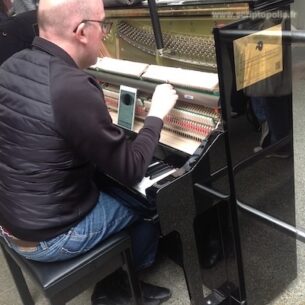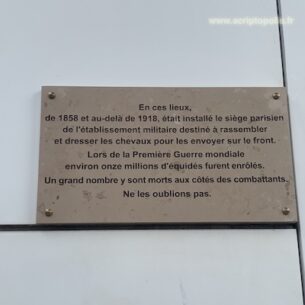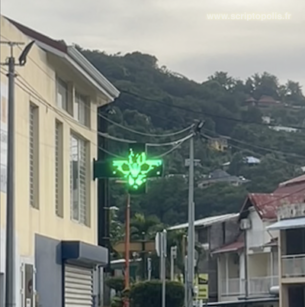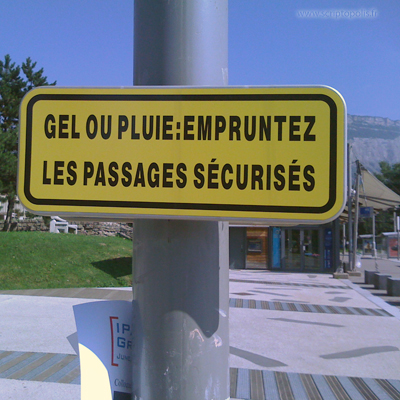The active way
Urban settings are made of so familiar components that we do not pay any attention to them: crosswalks, traffic lines, bike lanes, parking lots, bus lanes… only become salient when we miss them and we consider that their presence should be helpful, indeed relevant. Their force lies in a twofold operation: ordering the environment by delineate specific zones articulated one to another, ascribing a place to diverse entities that circulate urban spaces by precisely defining their particulars. For instance, a parking lot is not devoted to the same entities according to the fact it might comes with a parking space, a delivery zone, or a fund-transportation. Each version is restricted to a convenient entity that has to match with a particular assemblage: a person-with-her-car here, a delivery-driver-with-his-truck there, two-security-agents-with-an-armored-van somewhere else. The result of such a twofold operation, that consists in simultaneously enacting an emplacement and its users, is most of the time built on a long-term basis. Yet, some urban assemblages are even more subtle. They not only circumscribe a particular zone and a type of entities, but also take into consideration weather changes, as in this picture. Then, the required assemblage enlarges to other entities, such as frost or rain, which actual presence only occurs at certain points and that comes with a particular form since these entities are set up to risk factors. Declining to be a walking-person-afraid-by-rain, I chose to enjoy that sunny day by taking a shortcut path.







